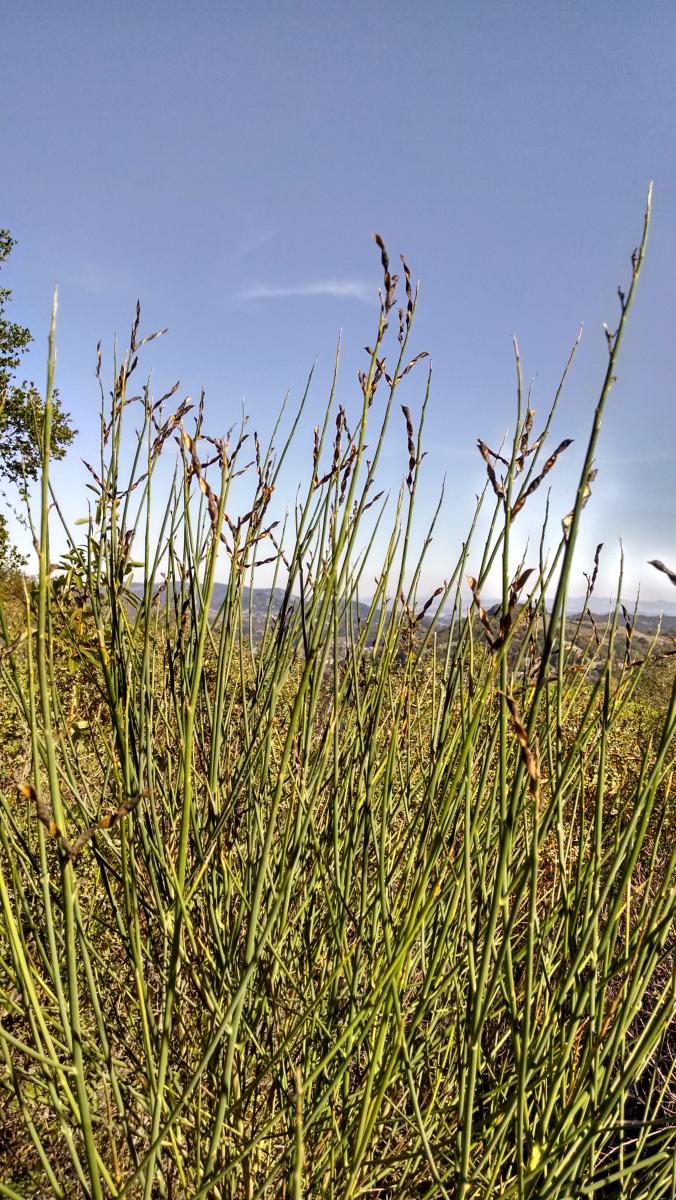Mutualism and Invasion

Mutualisms with rhizobial bacteria can be highly beneficial for legumes, allowing them to differentiate their nitrogen niche from non-legumes. This symbiotic association may be a key factor underlying legume invasions around the world. Exotic legumes may only be successful in a novel range if they are able to (a) form novel associations in their new range or (b) bring their familiar rhizobial associates with them from their native range. Through observational field collections of legume root nodules, we have found that invasive legumes often utilize very distinct communities of rhizobia from co-occurring native legumes.
As rhizobia are not maternally transmitted through seeds, our results are surprising and inspire new questions about rhizobial dispersal. For example, how are rhizobia dispersing? Do invading legumes affect soil rhizobial communities in their exotic range? And if so, do commonly used restoration practices effectively restore the soil rhizobial community to its native state?
The principles we learn from the model legume-rhizobia system can inform future work investigating the role of mutualisms, and symbioses more broadly, in species invasions.
